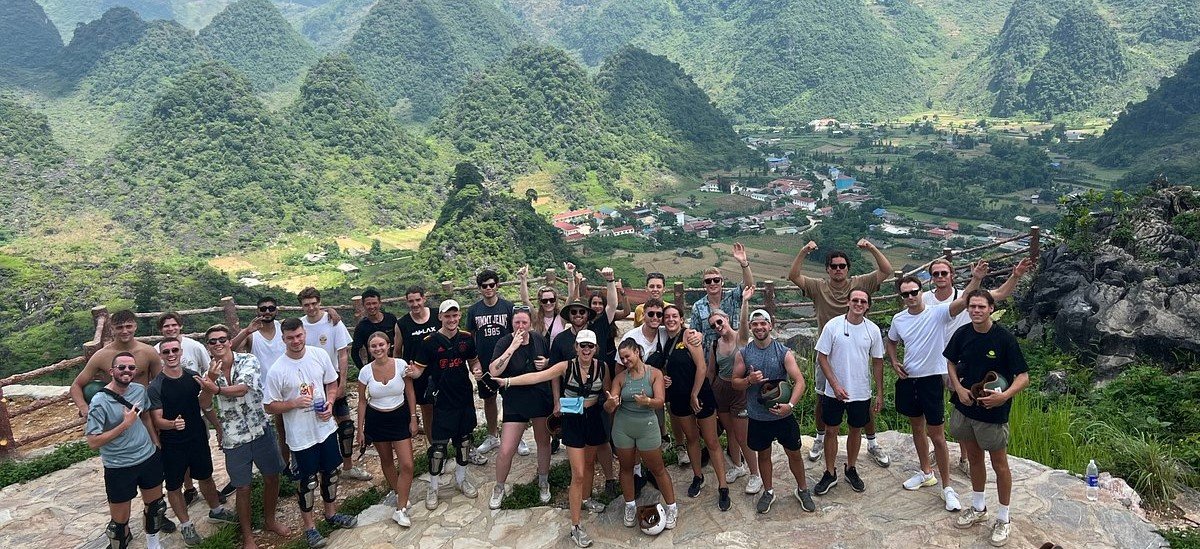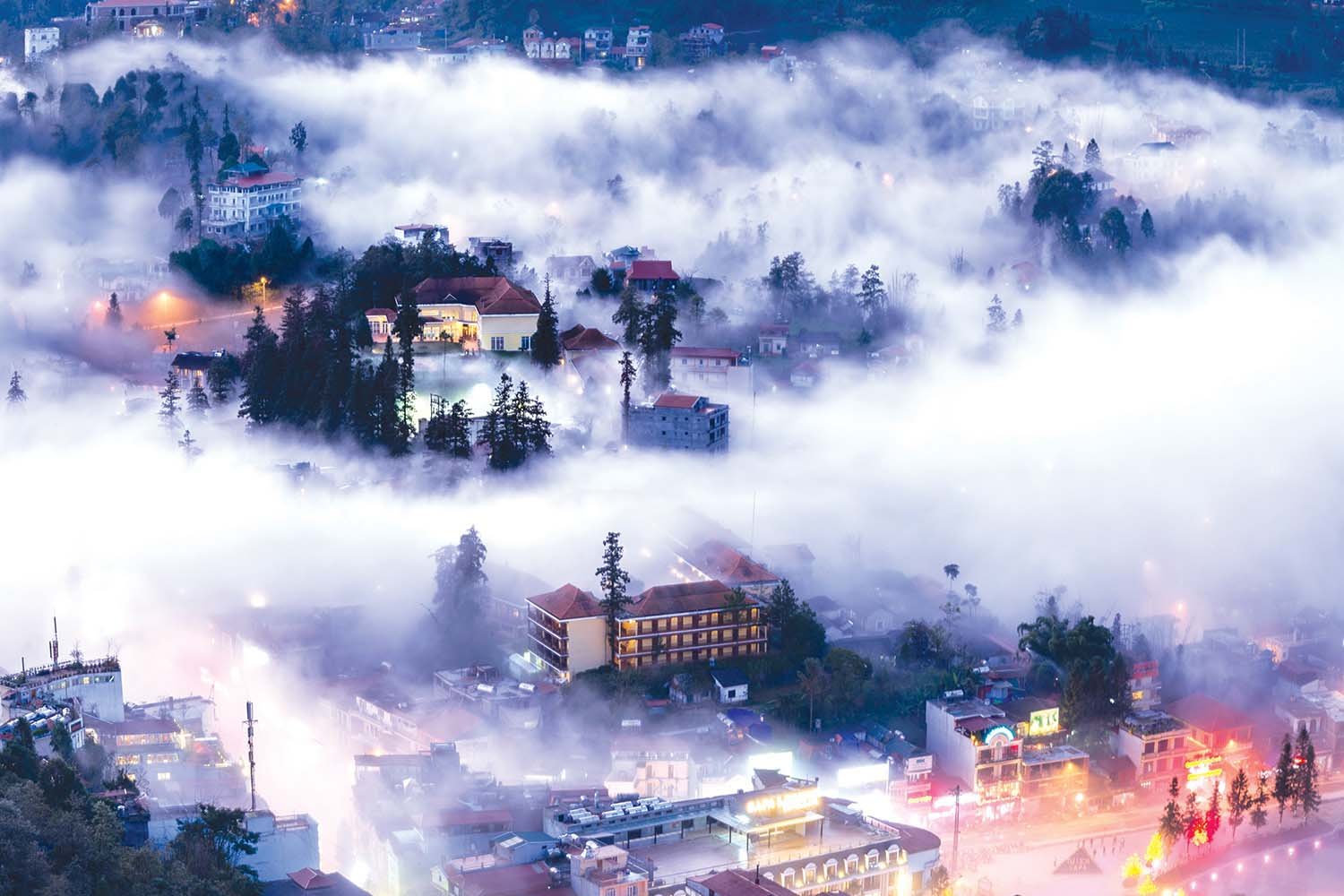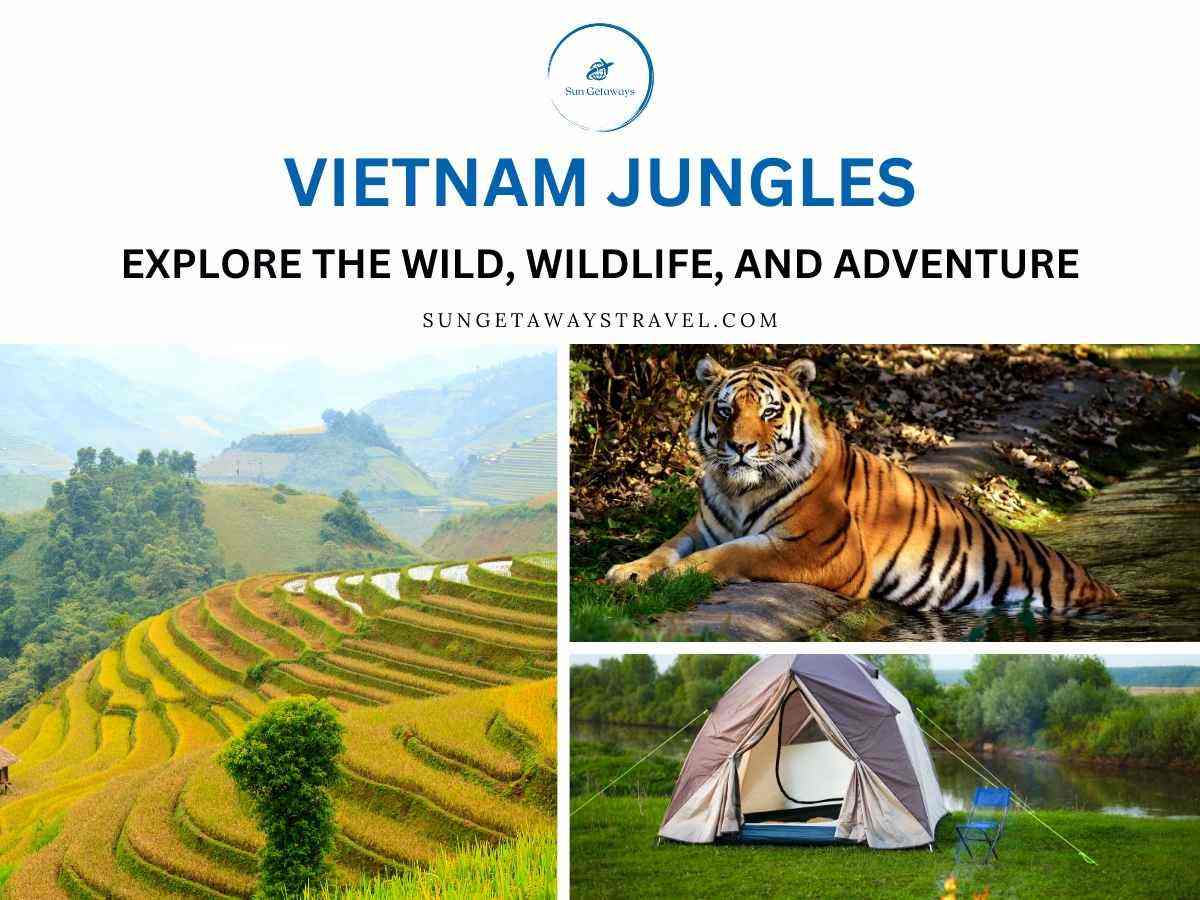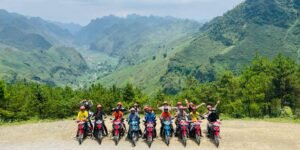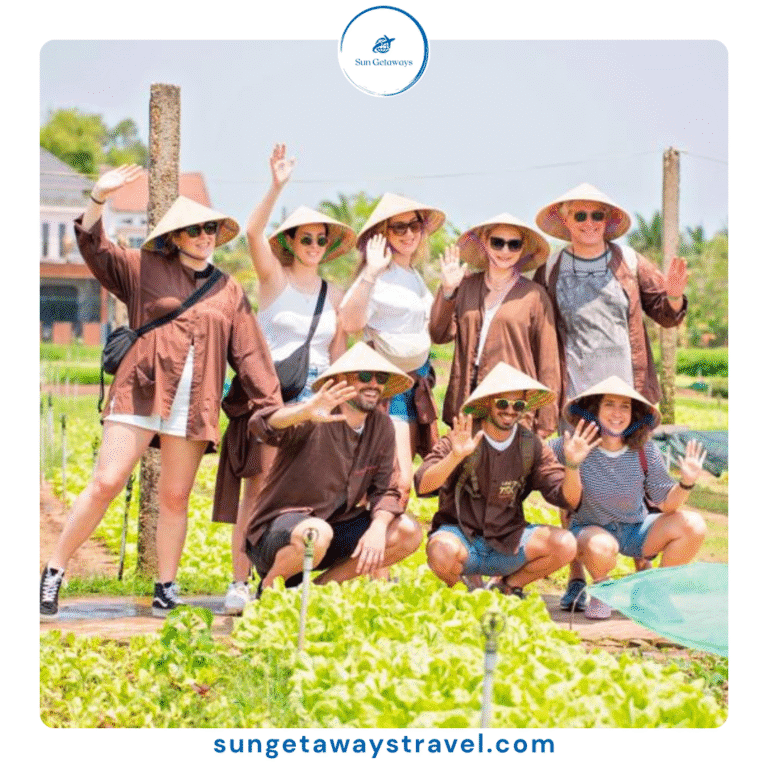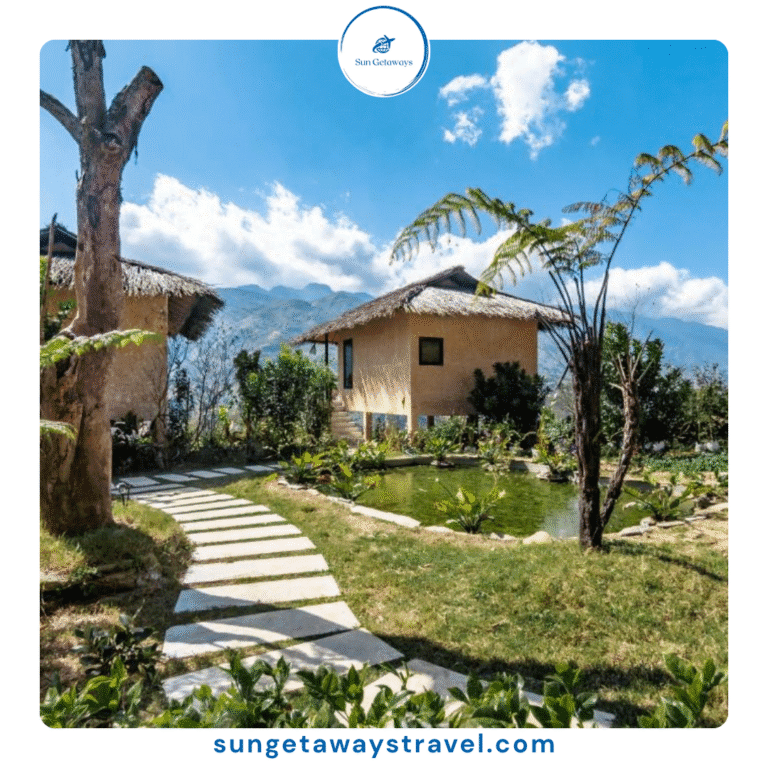Vietnam Jungles – Explore the Wild, Wildlife, and Adventure
 PhamDuong
PhamDuong The Vietnam jungle is one of Southeast Asia’s most diverse and stunning landscapes. It spans vast areas, offering breathtaking scenery and rich biodiversity. Trekking the Vietnam jungle allows travelers to encounter unique wildlife and experience thrilling adventures. The Vietnam jungle also hosts local communities, making cultural understanding essential for meaningful exploration.
1. Overview of Vietnam Jungles
Vietnam is largely covered by dense forests and jungles, with tropical and subtropical climates supporting a rich array of plants and animals. Approximately 40% of the country’s land remains forested, with large portions designated as protected areas and national parks.
Key characteristics of Vietnam jungles:
- Tropical rainforests: Found mainly in central and southern regions.
- Montane forests: Located in northern highlands, often cloud-covered.
- Mangroves and wetlands: Especially prominent in southern.
These jungles play a crucial role in biodiversity conservation and climate regulation, making them essential not only for tourism but also for global environmental health. Exploring these areas allows travelers to experience a wide range of flora and fauna while learning about conservation efforts.
1.1 North Vietnam Jungles
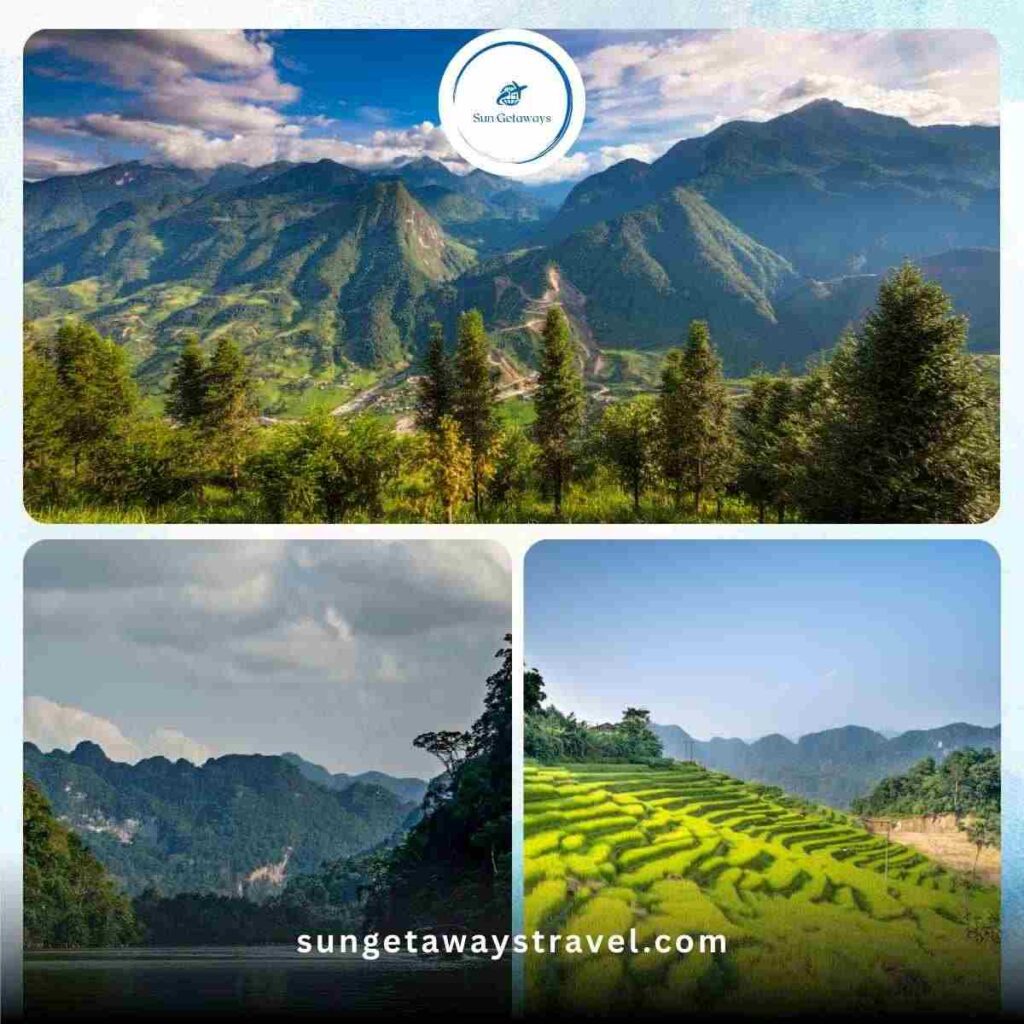

The north Vietnam jungles are characterized by mountainous terrain, misty forests, and a cooler climate compared to the south. They include well-known regions such as:
- Hoang Lien Son Mountain Range
- Ba Be National Park
- Pu Luong Nature Reserve
Highlights:
- Rich biodiversity including gibbons, langurs, and hornbills.
- Dense forests and limestone karst formations ideal for trekking and photography.
- Cultural experiences with local ethnic communities practicing traditional farming and hunting.
Trekking through north Vietnam jungles offers a combination of adventure, cultural immersion, and wildlife spotting. It is crucial for travelers to stay on guided trails due to potential encounters with dangerous animals in Vietnam jungles, such as venomous snakes and leeches.
Learn more about trekking and exploring the north Vietnam jungles, including wildlife and cultural experiences, in our guide on Fansipan Mountain in Sapa.
1.2 South Vietnam Jungles
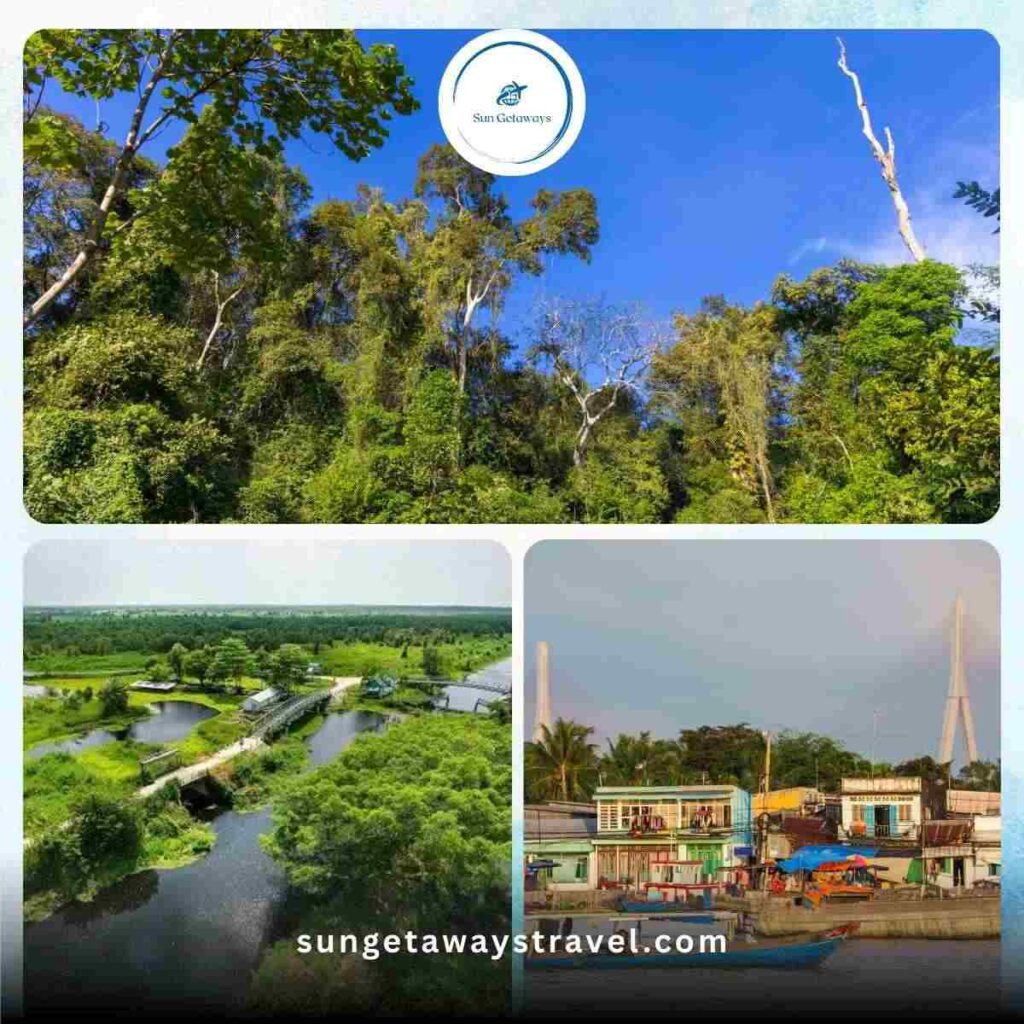

The south Vietnam jungles are generally warmer and more humid, featuring lowland rainforests, wetlands, and mangrove forests. Key regions include:
- Cat Tien National Park
- U Minh Forest
- Mekong Delta wetlands
Features:
- Abundant aquatic and terrestrial wildlife, including monkeys, crocodiles, and fascinating birds.
- Popular activities: jungle trekking, canoeing, camping, and wildlife photography.
- Diverse ecosystems providing natural habitats for rare species and supporting ecotourism.
Want to explore the south Vietnam jungles and spot unique wildlife? Check out our guide on Vietnam Birdwatching for tips and highlights.
In contrast to northern forests, south Vietnam jungles are more accessible for casual travelers and adventure enthusiasts, making them ideal for multi-day tours or weekend excursions. Awareness of dangerous animals in Vietnam jungles is essential when exploring rivers, swamps, or dense forest areas.
| Feature | North Vietnam Jungles | South Vietnam Jungles |
| Climate | Cooler, misty | Hotter, humid |
| Terrain | Mountains, limestone | Lowlands, wetlands |
| Wildlife | Gibbons, hornbills, snakes | Monkeys, crocodiles, birds |
| Adventure | Trekking, cultural tours | Canoeing, camping, wildlife tours |
| Accessibility | Moderate | Easy to moderate |
2. Wildlife in Vietnam Jungles
Vietnam jungles are home to thousands of plant and animal species, many of which are endangered or endemic.
2.1 Dangerous Animals in Vietnam Jungles
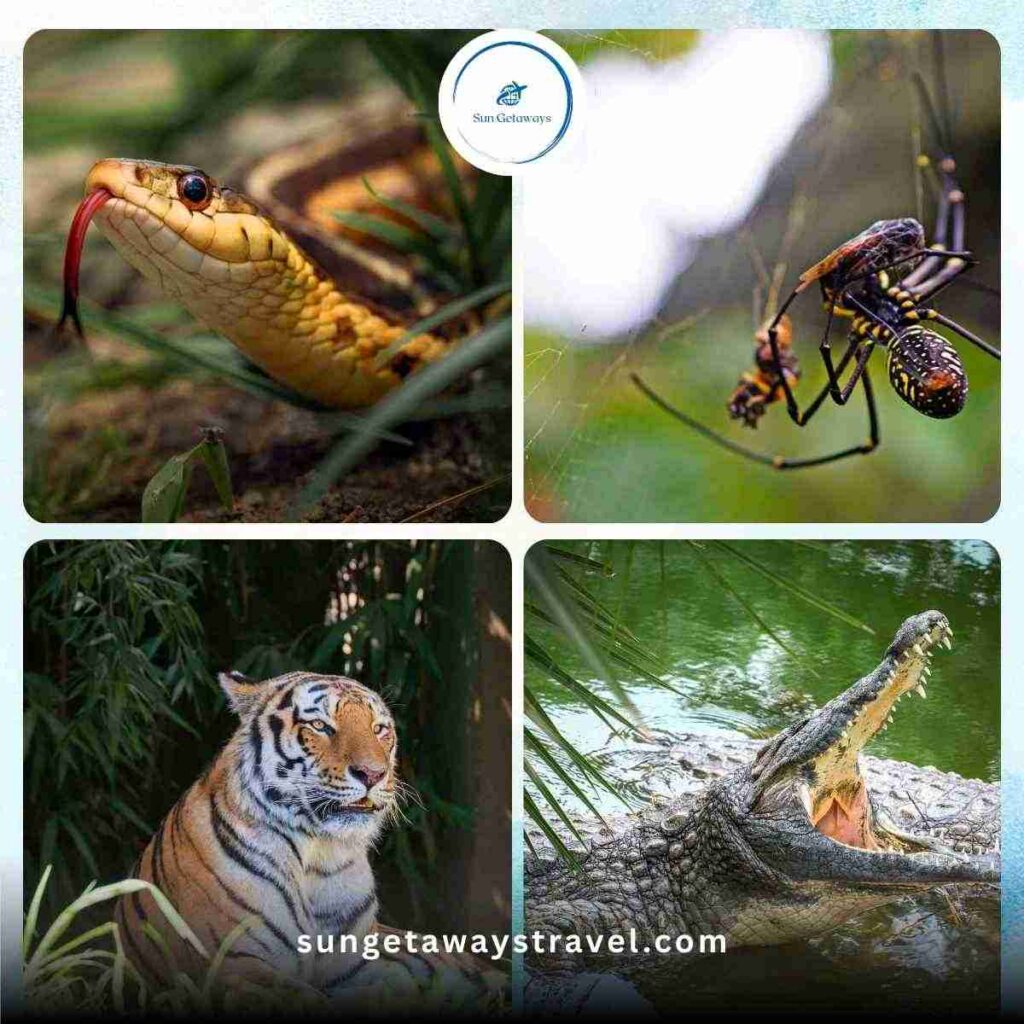

Travelers need to be aware of dangerous animals, especially when trekking off the beaten path. Some notable species include:
- Snakes: King cobra, pit vipers, and bamboo snakes.
- Large mammals: Tigers, leopards, and wild boars (rare but possible in remote northern jungles).
- Insects and arachnids: Giant centipedes, scorpions, and venomous spiders.
- Crocodiles: Found in southern wetlands and rivers.
Safety tips:
- Always go with a local guide.
- Wear long pants and sturdy boots.
- Avoid provoking wildlife or entering restricted areas.
By understanding and respecting these risks, travelers can safely enjoy the adventure while appreciating the natural environment.
2.2 Iconic Species
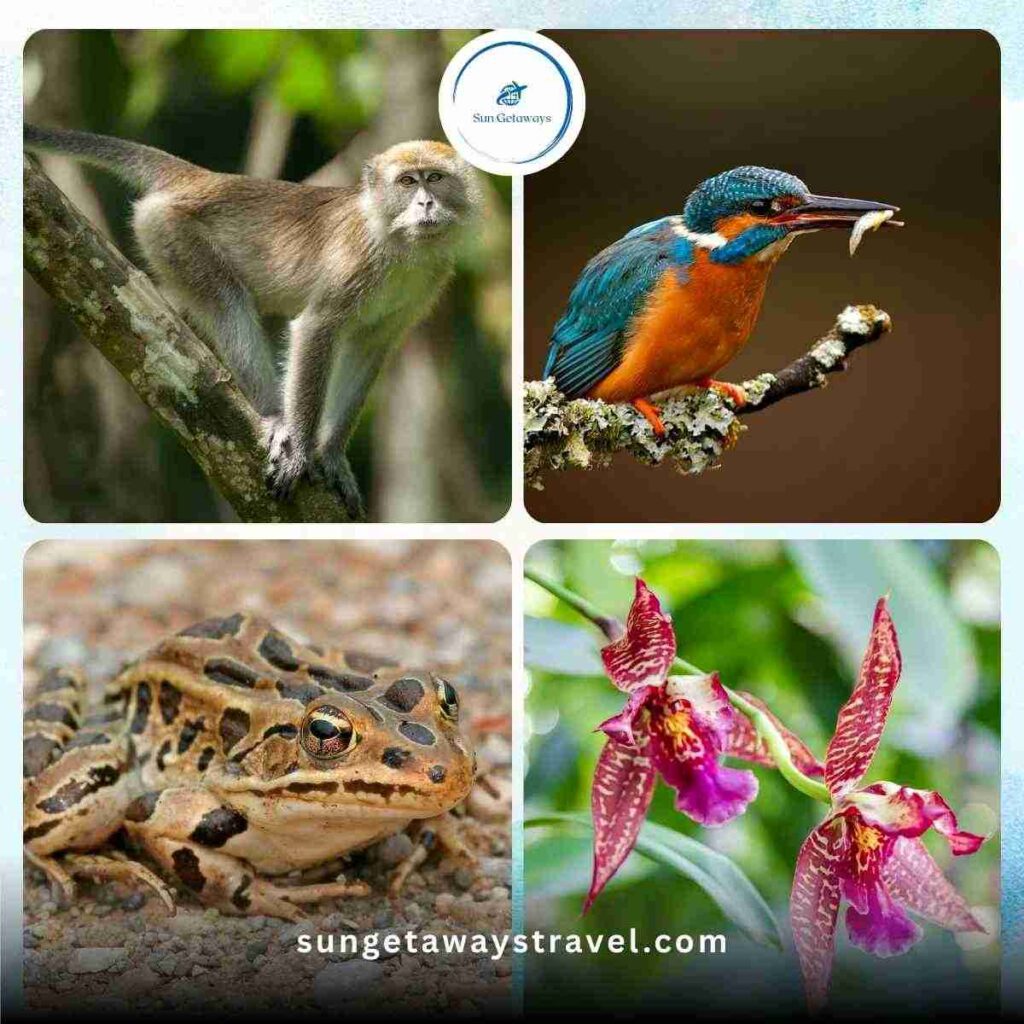

Apart from dangerous creatures, Vietnam jungles are home to unique and exotic species that attract wildlife enthusiasts:
- Primates: Gibbons, macaques, and langurs.
- Birds: Hornbills, eagles, kingfishers, and rare migratory species.
- Reptiles & Amphibians: Monitor lizards, turtles, frogs, and colorful snakes.
- Flora: Rare orchids, medicinal plants, and towering dipterocarp trees.
Ecotourism in north Vietnam jungles and south Vietnam jungles provides opportunities to see these species in their natural habitats, contributing to wildlife conservation awareness.
Curious about the unique wildlife in Vietnam jungles? Explore our Vietnam Wildlife Tours guide to see exotic species and learn about conservation.
3. Adventure Activities in Vietnam Jungles
Exploring Vietnam jungles is not only about appreciating wildlife and natural scenery but also about experiencing thrilling adventure activities. These activities allow travelers to immerse themselves in nature, encounter local flora and fauna, and challenge themselves physically while ensuring environmental sustainability.
3.1 Jungle Trekking
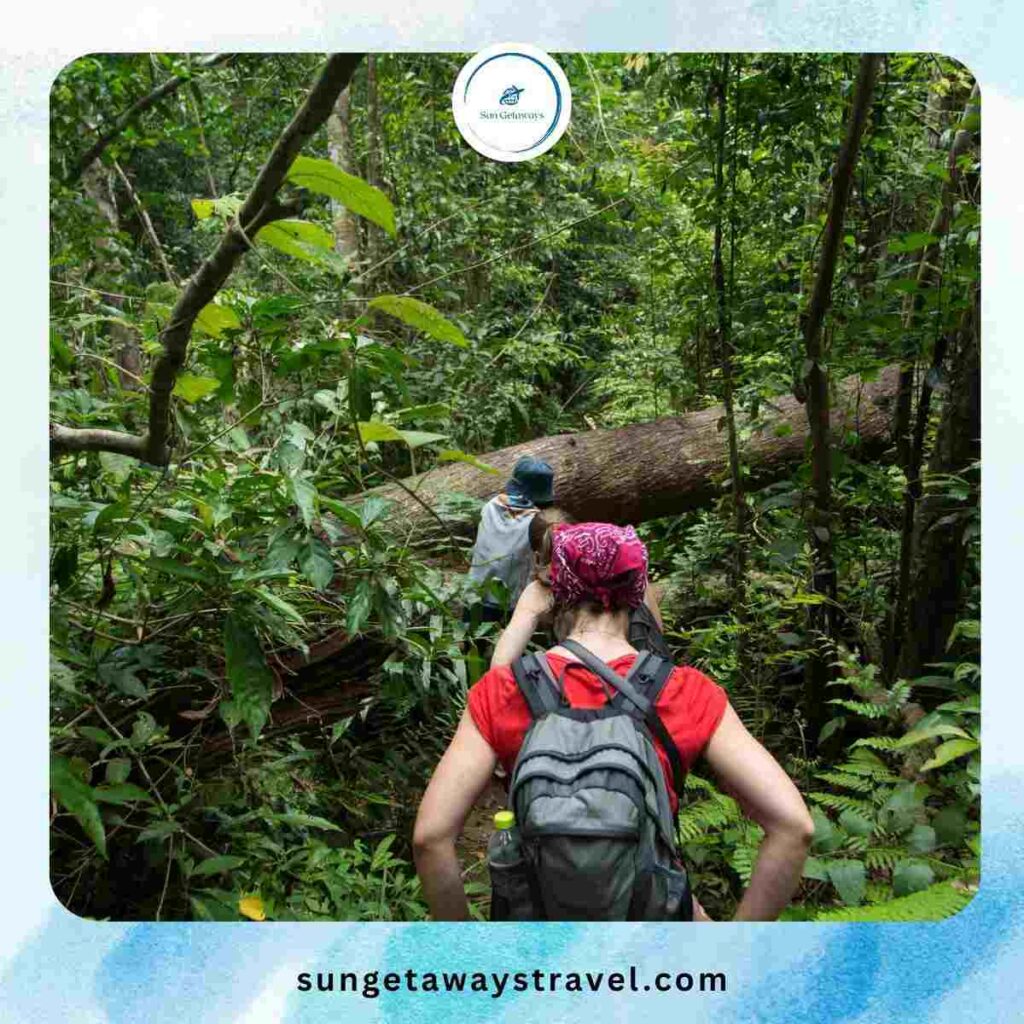

Jungle trekking is one of the most popular ways to explore the forests of Vietnam. Multi-day hikes in the north Vietnam jungles like Hoang Lien Son or Pu Luong offer rugged mountain trails, misty forests, and stunning limestone karst landscapes. In the south, treks through Cat Tien National Park or U Minh Forest provide easier trails with opportunities to see wetlands, rivers, and tropical lowland forests.
Key points for trekking:
- Always use a certified local guide to avoid dangerous animals in Vietnam jungles.
- Carry essentials: sturdy boots, rain gear, insect repellent, and sufficient water.
- Trekking also allows visitors to witness ethnic minority villages in northern regions.
Looking to trek Vietnam jungles safely and experience local culture? Discover our 4-Day Hoang Su Phi Trekking Tour for guided adventures in the north.
3.2 Camping in the Jungle
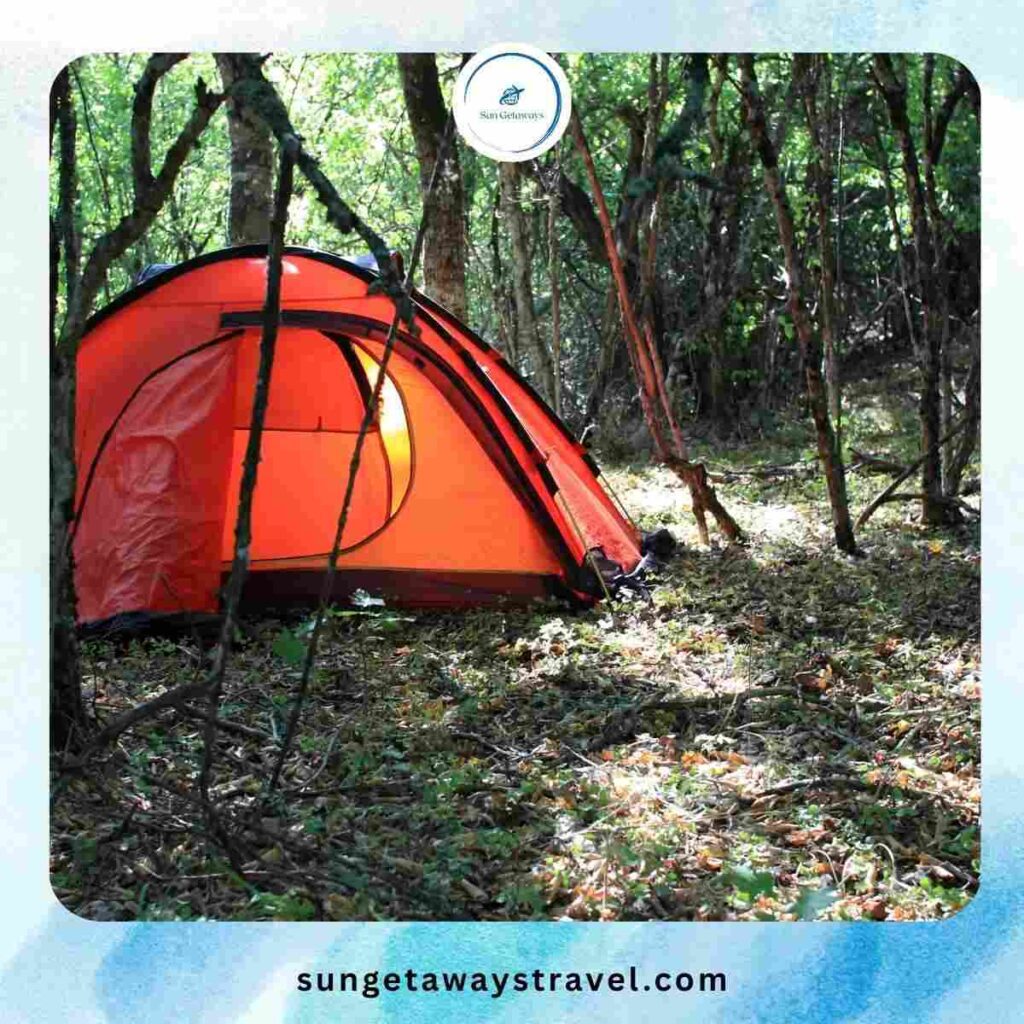

Camping offers a unique way to experience the Vietnam jungle area after dark. Designated camping sites in national parks like Cat Tien and Ba Be allow travelers to stay safely overnight while listening to the sounds of the jungle.
Benefits of jungle camping:
- Observe nocturnal wildlife such as frogs, owls, and insects.
- Enjoy a serene experience away from city noise.
- Learn survival skills and jungle etiquette from experienced guides.
Camping often combines forest and river experiences, giving travelers a chance to sleep near waterways and enjoy early morning birdwatching.
3.3 Canoeing and River Tours
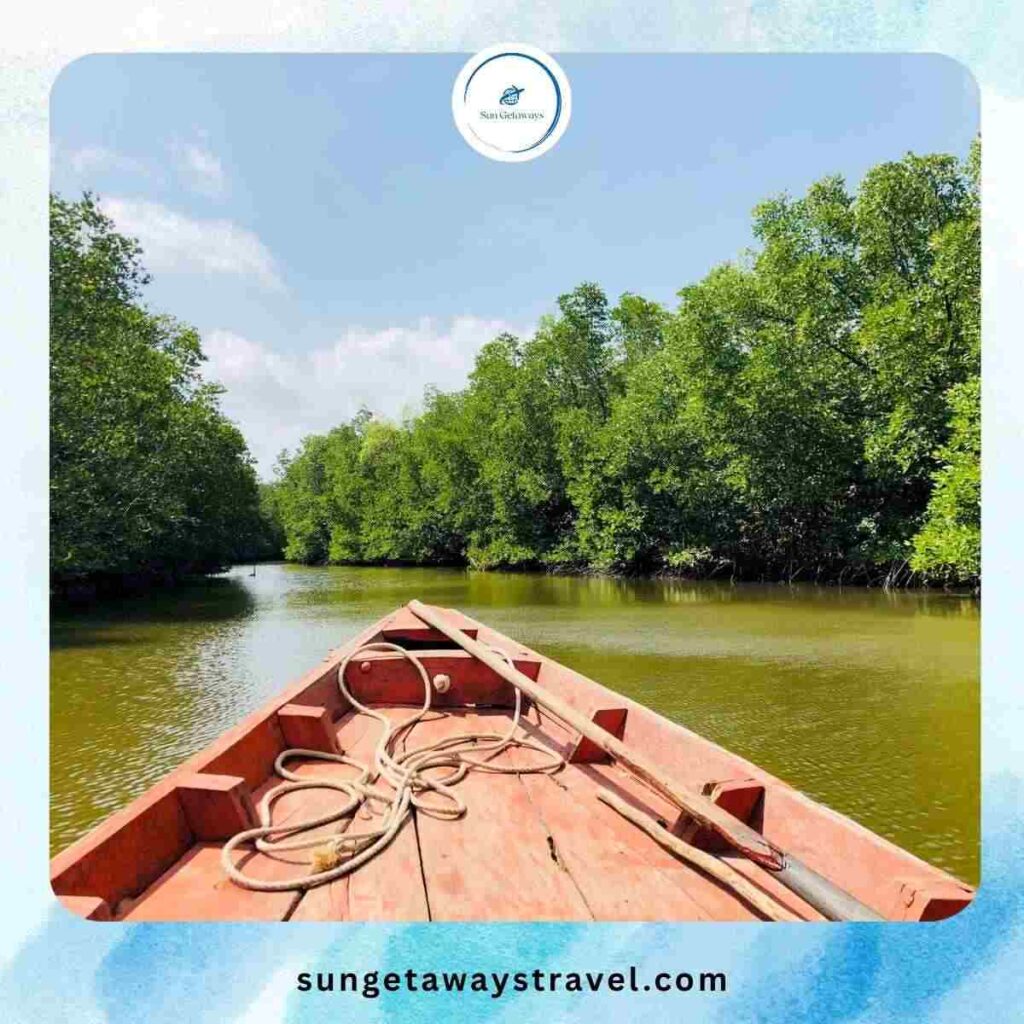

Canoeing is especially popular in the south Vietnam jungles, where wetlands and rivers dominate the landscape. The Mekong Delta, U Minh Forest, and other riverine areas offer guided tours through narrow canals, mangroves, and flooded forests.
Highlights:
- Spot birds, otters, and freshwater turtles.
- Navigate tranquil waters while observing the complex ecosystem.
- Learn about local fishing practices and river ecology from guides.
Canoeing also allows safe exploration of areas where trekking is difficult due to dense vegetation or swampy terrain.
3.4 Wildlife Photography and Birdwatching
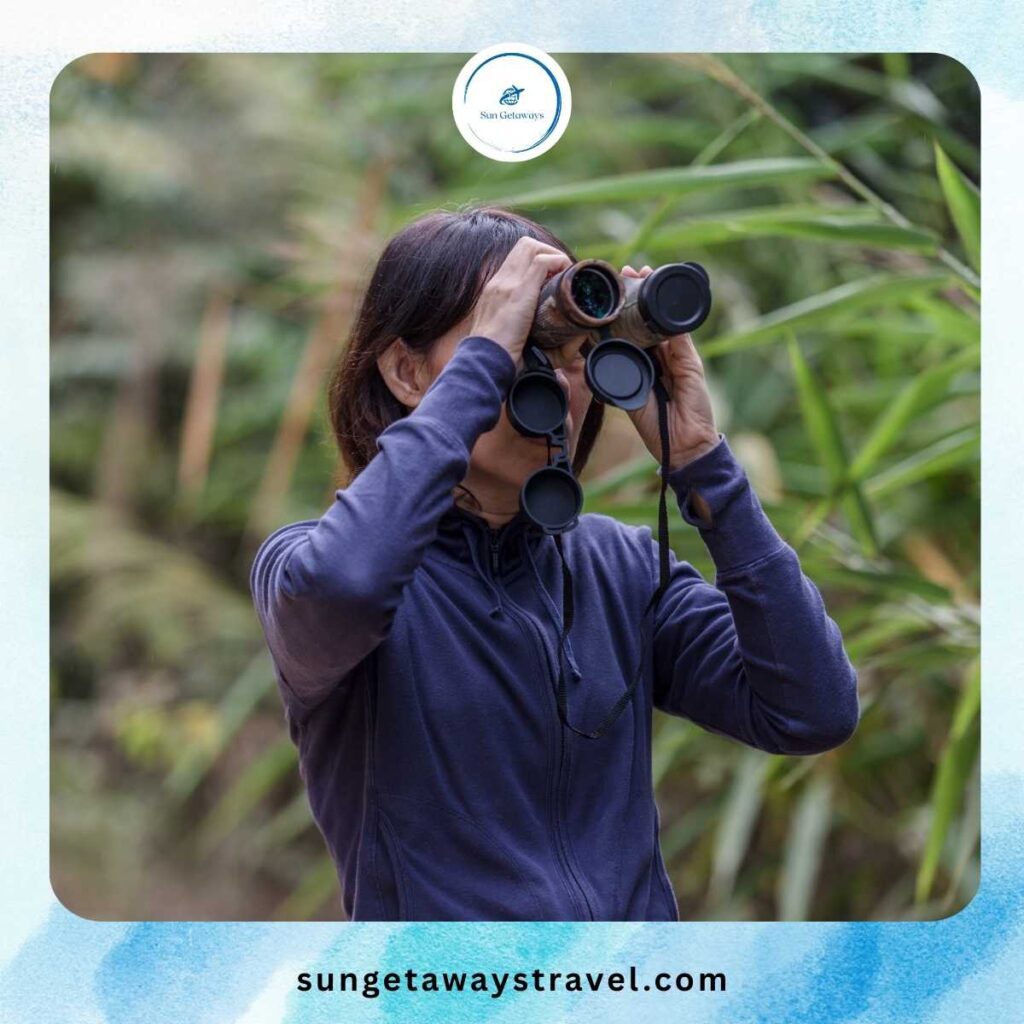

For nature enthusiasts, wildlife photography and birdwatching are major attractions in Vietnam jungles.
Photography tips:
- Early morning and late afternoon provide the best lighting.
- Use telephoto lenses to safely photograph animals.
- Focus on endemic birds like hornbills, eagles, and kingfishers for memorable shots.
Birdwatching tours in the jungles can last several hours to full days, and guides often share insights into migration patterns, breeding habits, and species identification.
3.5 Choosing Eco-Friendly Tours
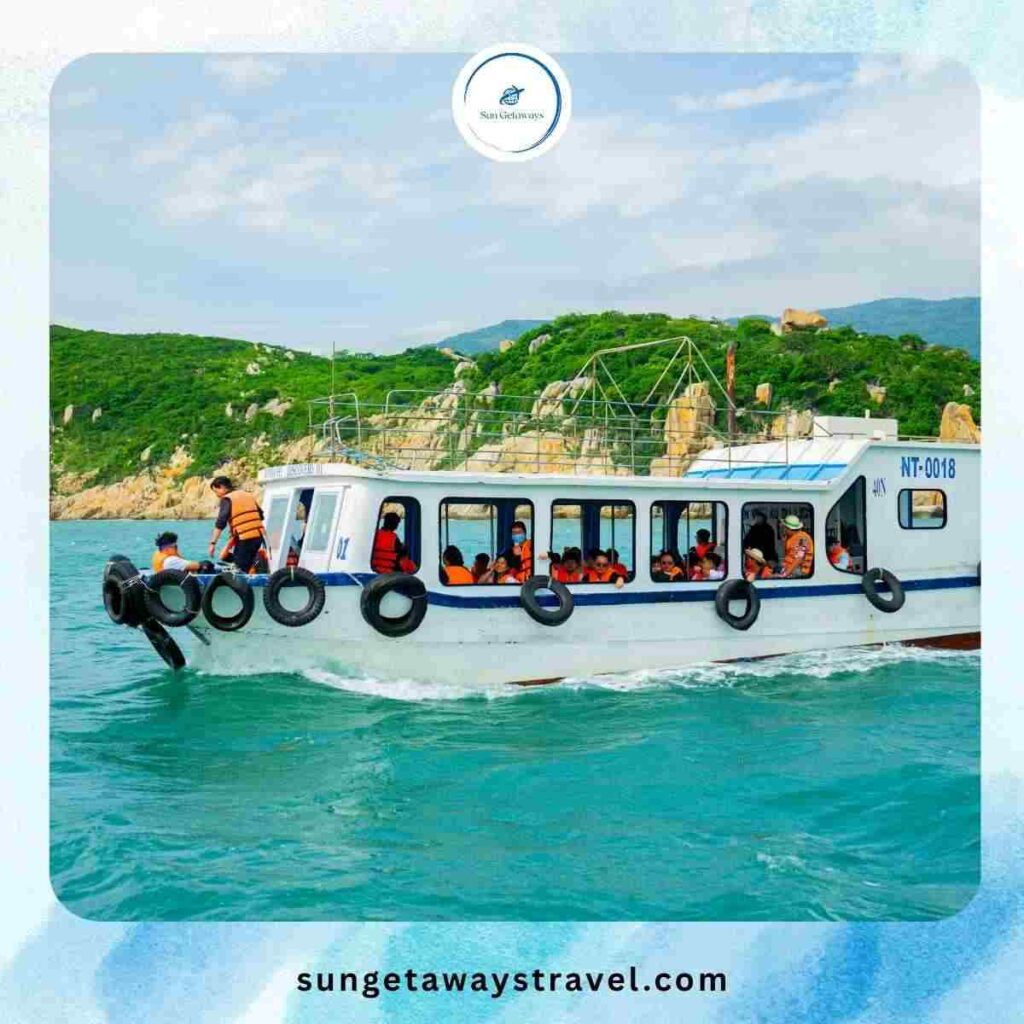

When planning adventure activities, travelers are encouraged to select eco-friendly tour operators:
- Ensure minimal environmental impact and no disturbance to wildlife.
- Support local communities by hiring local guides.
- Learn about conservation efforts and sustainable tourism practices in the Vietnam jungle area.
By combining trekking, camping, canoeing, and photography responsibly, visitors can enjoy the thrill of adventure while respecting the fragile ecosystems of it.
Want to book a tour or need quick assistance? Contact Sun Getaways Travel directly on WhatsApp for fast support!
4. Cultural Experiences in Vietnam Jungles
Exploring Vietnam jungles is not only about nature and wildlife but also about discovering rich cultural traditions. Many jungles, especially in the north, are home to ethnic minority communities whose daily lives, festivals, and crafts are closely tied to the forest. Engaging with these cultures allows travelers to gain a deeper understanding of local heritage while supporting sustainable tourism.
4.1 Ethnic Minority Villages
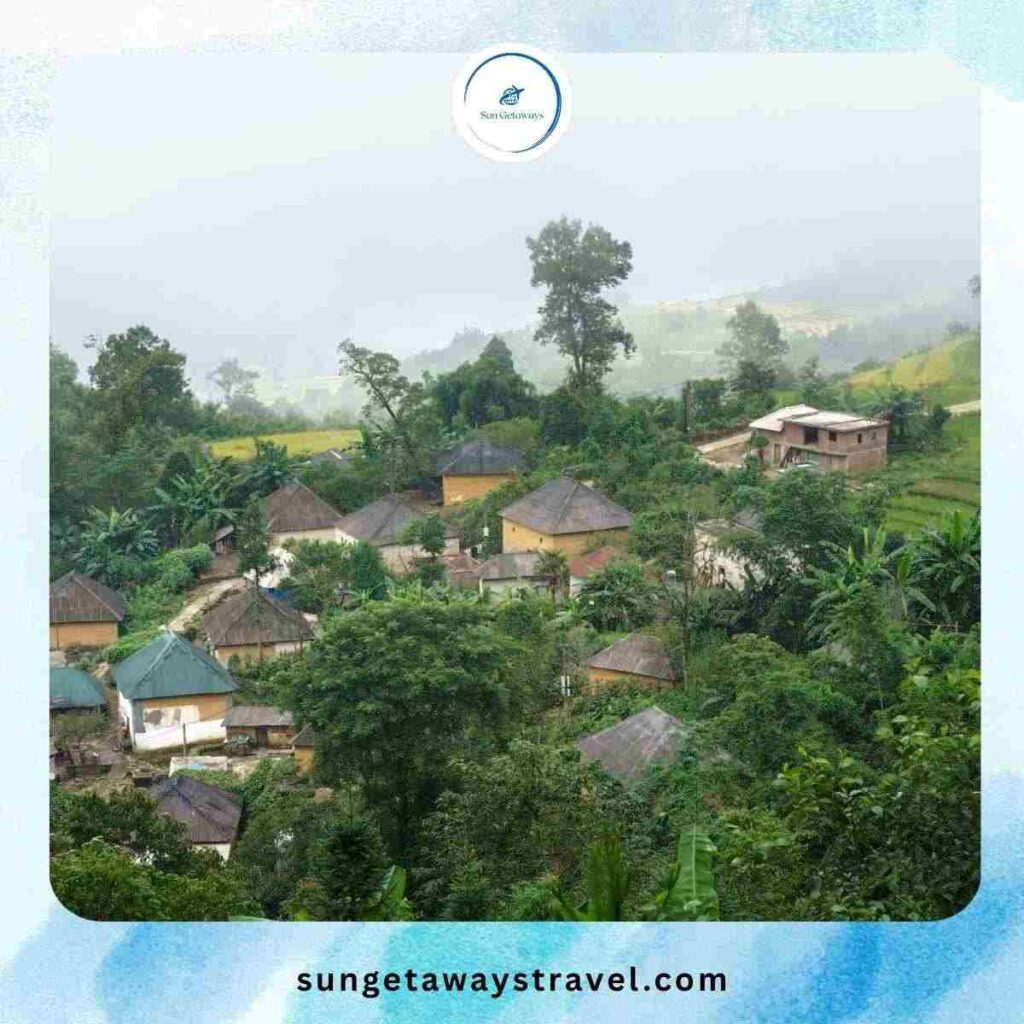

In the north Vietnam, groups like the H’mong, Dao, Tay, and Giay live in remote villages surrounded by forests and mountains. Visiting these villages provides insights into:
- Traditional architecture: Stilt houses and communal longhouses built from local wood and bamboo.
- Daily life: Farming, fishing, and forest foraging practices.
- Local hospitality: Sharing meals, tea, or even home-stays with families.
Such experiences allow travelers to witness how people live in harmony with the Vietnam jungle area while preserving centuries-old customs.
4.2 Traditional Practices and Crafts
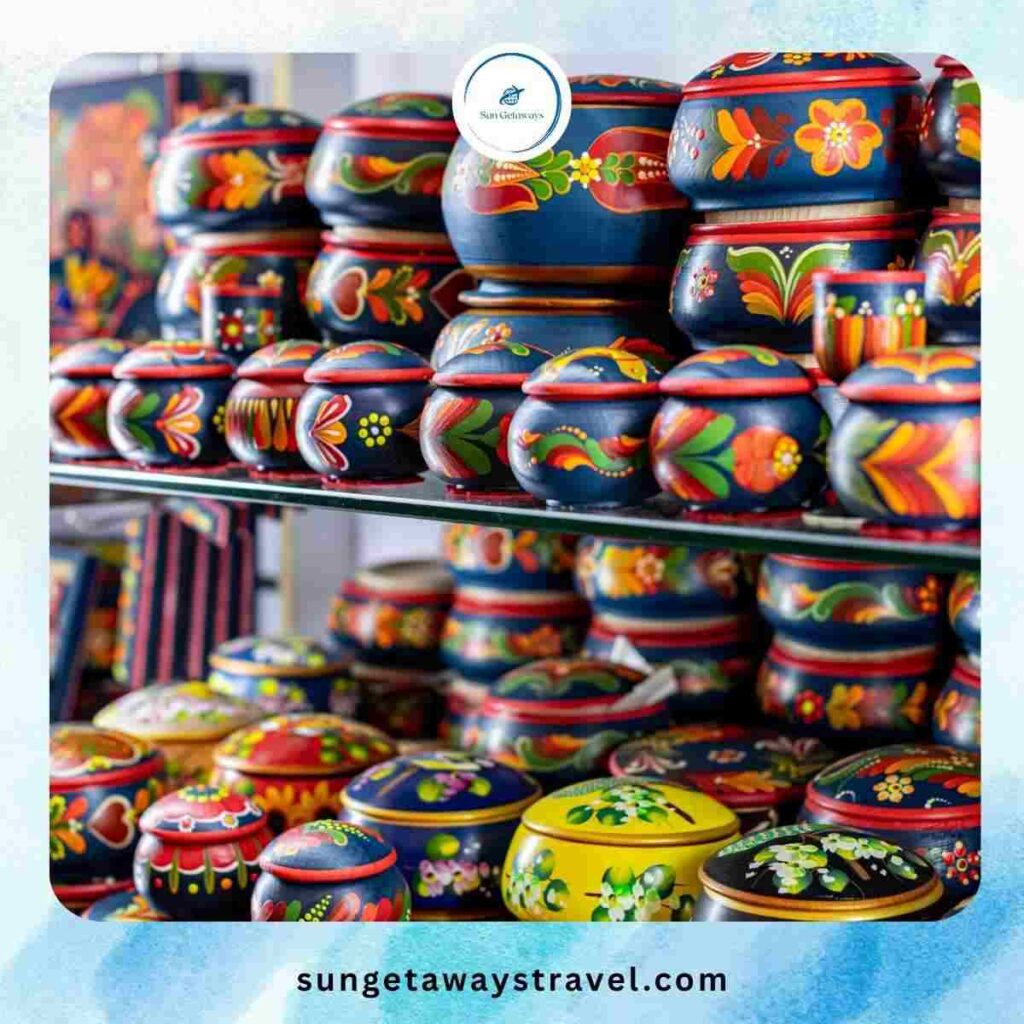

The jungles influence many traditional practices, including:
- Farming: Terrace rice cultivation, herbal gardens, and forest-based crops.
- Hunting and foraging: Sustainable practices passed down through generations.
- Handicrafts: Weaving, embroidery, bamboo and rattan products made using jungle materials.
These practices reflect the deep connection between ethnic communities and their surrounding forests, highlighting a unique aspect of Vietnam jungles.
4.3 Festivals and Customs
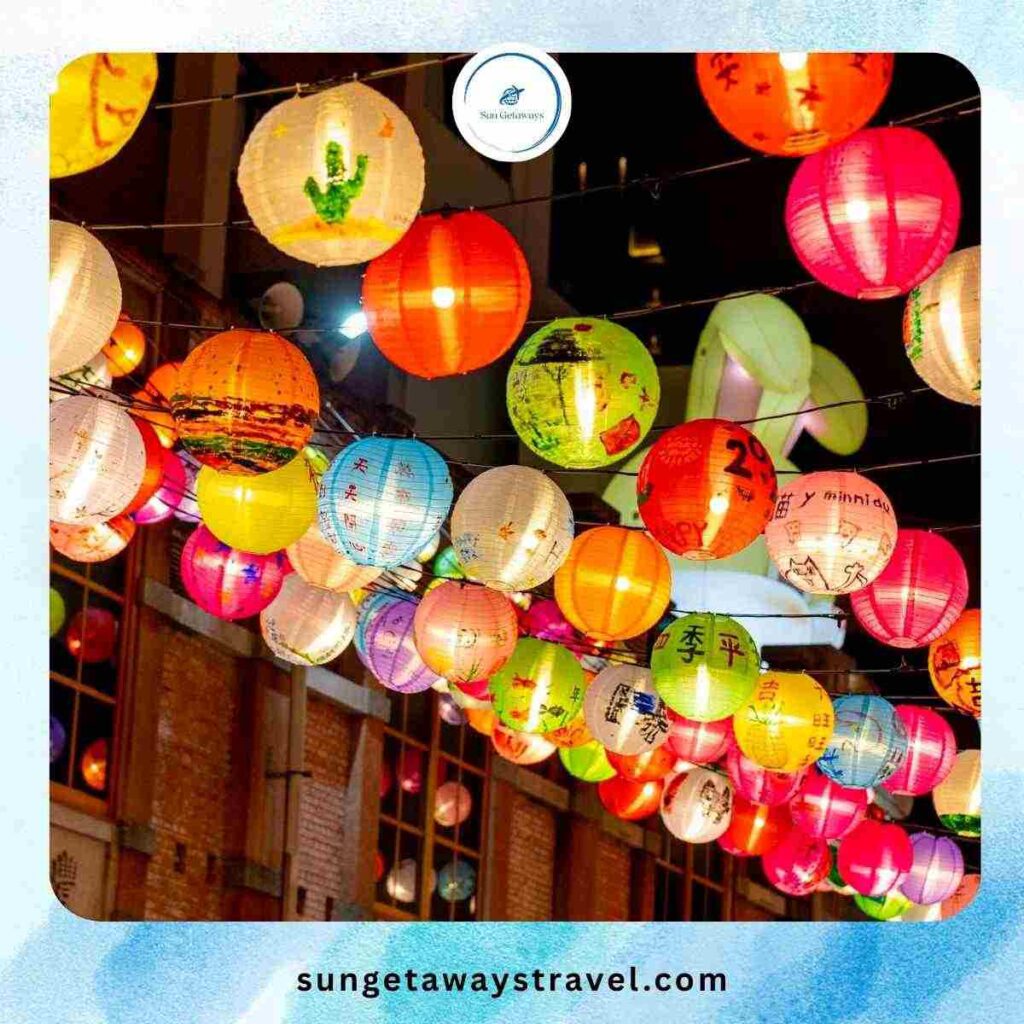

Many ethnic groups celebrate seasonal festivals connected to the jungle and nature. Examples include:
- Harvest festivals marking rice or forest harvests.
- Rituals to honor spirits of rivers, forests, and mountains.
- Traditional music, dance, and costumes that reflect local heritage.
Want to explore Vietnam’s vibrant festivals and cultural events? Check out our complete guide on Vietnamese Festivals!
4.4 Community-Based Tourism
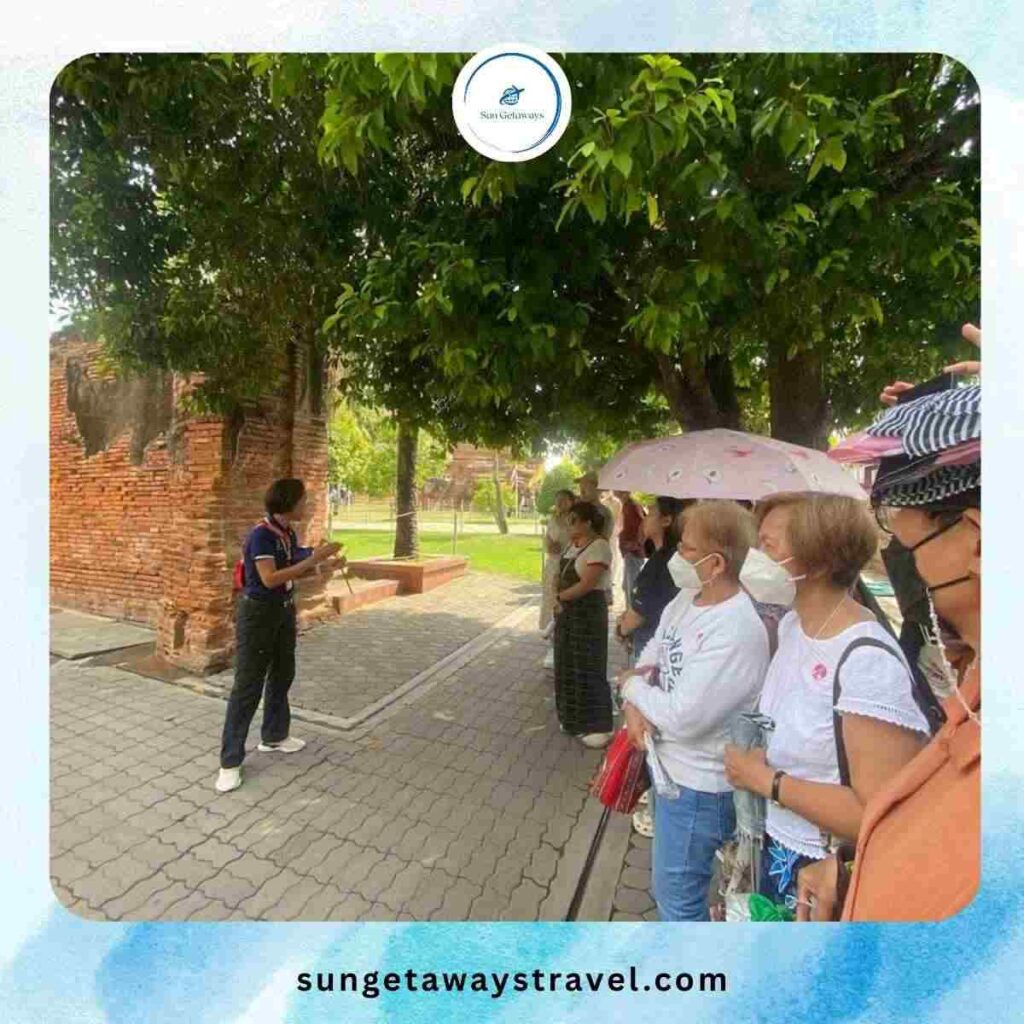

Community-based tourism programs allow visitors to support local livelihoods while preserving cultural heritage:
- Guided tours led by local villagers.
- Homestays and cultural workshops for hands-on learning.
- Projects promoting environmental education and conservation.
By engaging in these programs, travelers experience authentic life in the Vietnam jungle area while contributing to sustainable tourism and cultural preservation.
5. Conservation and Eco-Tourism


Conservation is vital to protect the Vietnam jungle area and its biodiversity.
Key points:
- Protected areas: National parks and nature reserves in both north and south regions.
- Threats: Deforestation, poaching, and urban expansion.
- Tourist responsibility: Follow guidelines, avoid littering, and respect wildlife.
- Conservation programs: Volunteer opportunities and educational tours.
6. Travel Tips for Vietnam Jungles
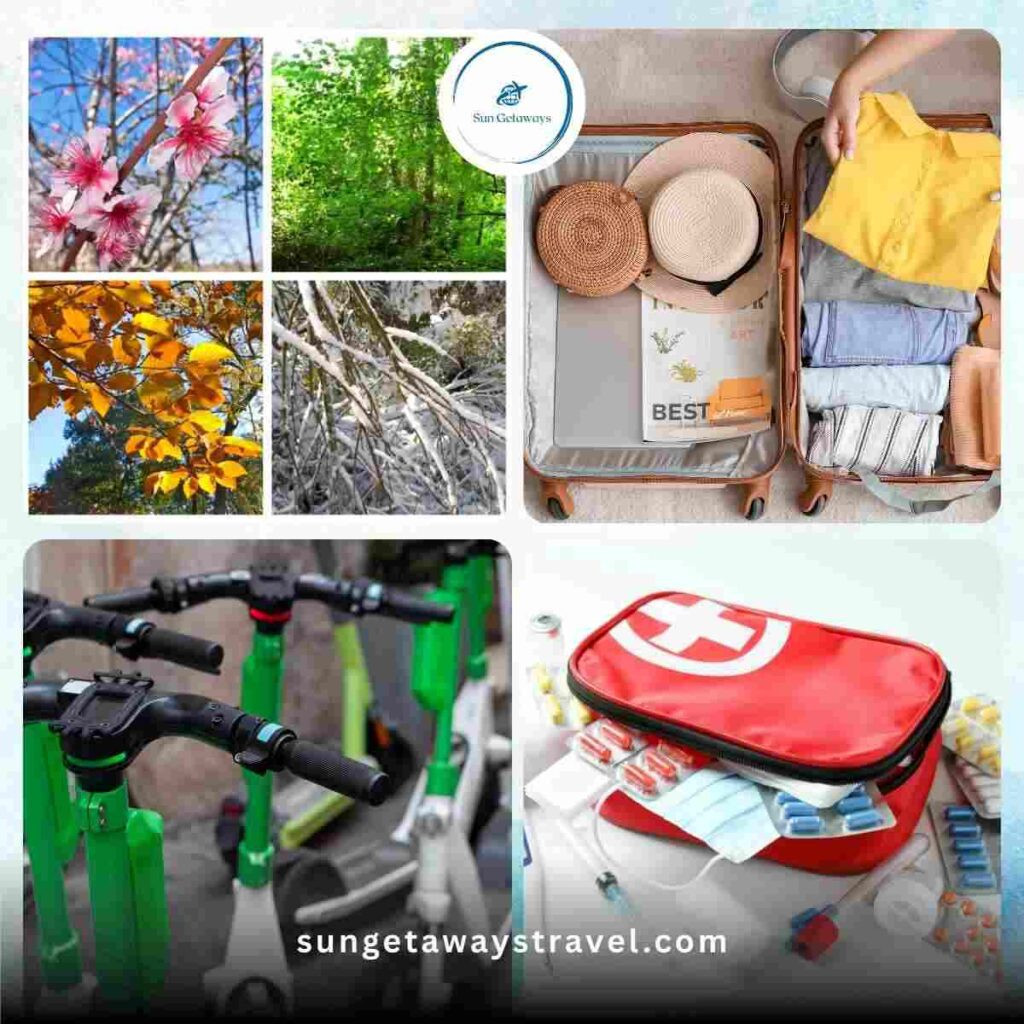

For travelers planning a visit to Vietnam jungles, practical tips include:
- Best seasons: North – October to March; South – November to April.
- Gear: Sturdy boots, long pants, insect repellent, and rain gear.
- Safety: Stay on trails, be aware of dangerous animals, and follow guides’ instructions.
- Transportation: Access via local buses, private cars, or guided tours.
- Health precautions: Vaccinations, water safety, and first aid knowledge.
7. Conclusion
Vietnam jungles represent a unique combination of natural beauty, biodiversity, and adventure opportunities. From the rugged landscapes of north to the rich wetlands of south Vietnam, travelers can experience wildlife, culture, and adventure in a responsible and safe way. Understanding that area and the presence of dangerous animals in Vietnam jungles helps ensure a memorable and secure trip.
Ask a question
Leave a Comment (0)
No questions yet. Be the first to ask a question!


